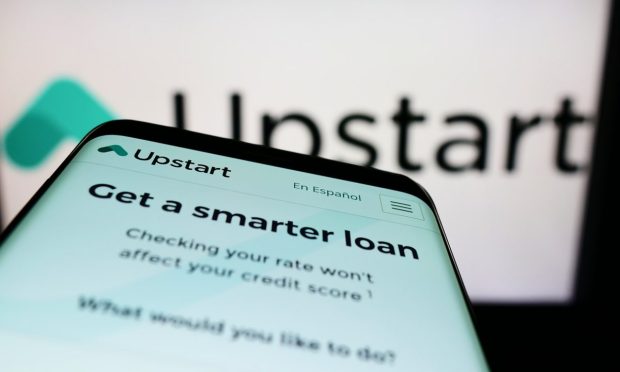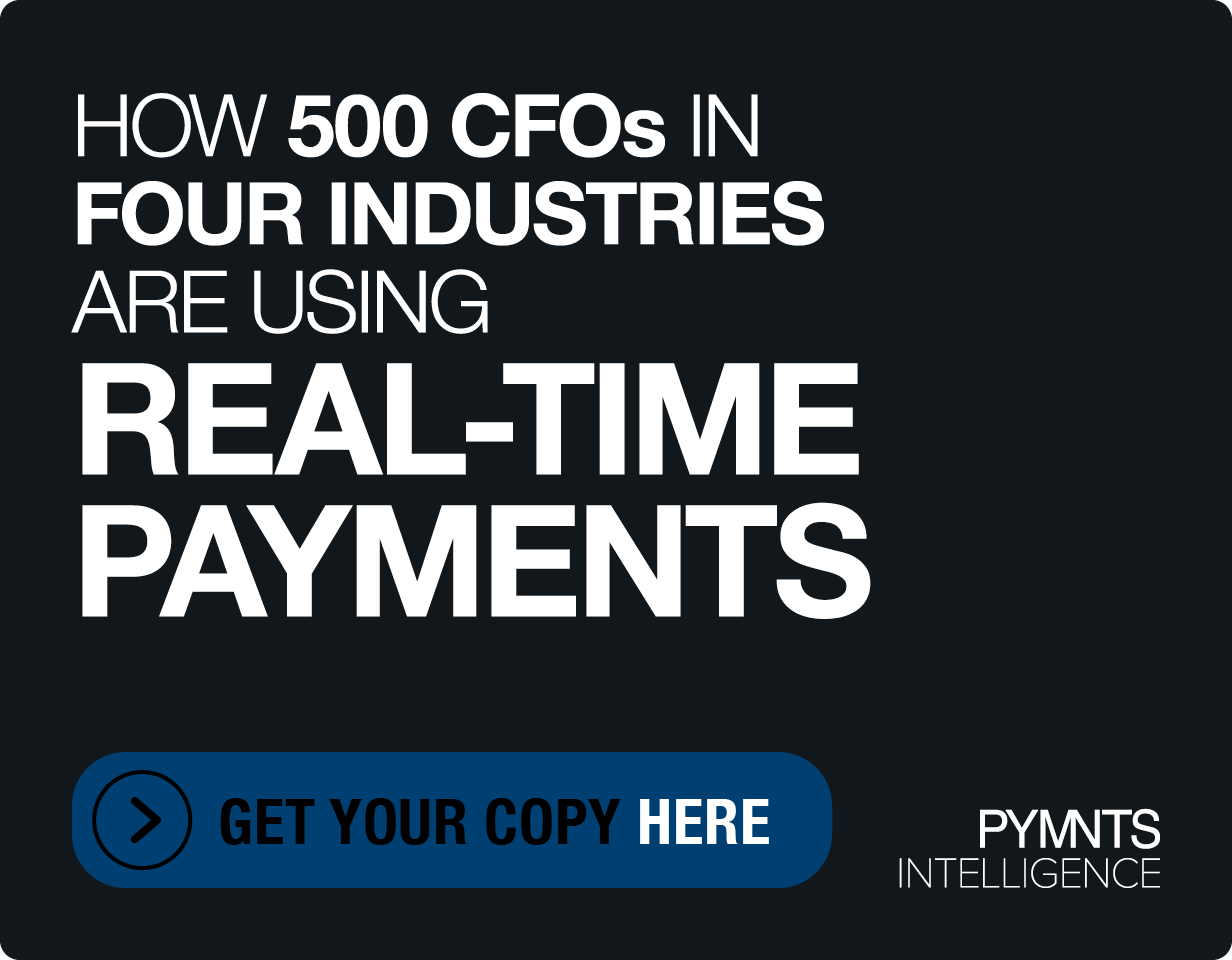Fewer Loans and Higher Rates the New Norm for Less-Than-Prime Borrowers

For less than prime borrowers, personal loans are harder to come by.
Recent earnings results from platform lenders show that demand for personals loans is relatively buoyant as would-be-borrowers seek options through which they can consolidate credit card debt or finance their vehicles.
But the lenders on the other side of the platforms — the banks, the credit unions, the investors, too — are balking a bit.
Supplemental and earnings materials from Upstart show that lending partners originated a bit more than 154,400 loans, totaling $1.5 billion across the company’s platform in the fourth quarter, down 62% from the same quarter of the prior year.
Conversion on rate requests (which measures the transactions completed on those requests) was 11% in the fourth quarter of 2022, down from 24% in the same quarter of the prior year as banks and other lenders pulled back on lending efforts.
Dave Girouard, CEO, said on the call that 2022 represented a “perfect storm for our business model. The withdrawal of federal stimulus disproportionately harmed our borrowers, akin to a simulated recession where millions of mainstream Americans suddenly lost what had become their primary source of income.”
And against that backdrop, he said, macro pressures are affecting lenders to the point where they “are slowing down or they’re pausing.”
There’s also a rising demand for small-dollar loans, spanning $200 to $2,500, and 12,000 of these loans were originated in Q4.
Sanjay Datta, chief financial officer, noted on the call that “as we exit 2022 and enter a new year, consumer delinquencies remain elevated and the funding markets remain limited in their appetite for risk.” And later in the call, he said, “demand is very high. Approvability is low.”
Near-Prime Borrowers Juggling Credit Card Debt
Generally speaking, we note that prime credit scores are FICO scores that span 660 to 719. Below that, near-prime scores are 620 to about 659. PYMNTS and LendingClub’s own data shows that paycheck-to-paycheck consumers are more than 3 times as likely as other consumers to take on credit card debt and to revolve those balances — and also, conceivably, to look for ways to consolidate and pay down that debt a bit more easily, as card APRs top 20%. The average credit score for all consumers who live paycheck to paycheck is 664, right at the lower end of the prime range. Those struggling to pay their bills have a below-average credit score of 613.
But the worst of the macro headwinds may be past, per Datta’s commentary, though headwinds do remain.
The personal savings rate is trending upward, he said, while consumer demand for credit has remained strong. But in terms of the consumers that are feeling pressed, Datta said that it’s “the lower-income borrowers that became impaired first, and then now it’s the sort of the prime borrowers that are coming under stress.”
Asked on the call whether, and when, the company would open the “credit box” to extend more lending to subprime and near-prime members, Datta said that there needs to be further evidence of personal savings rates rebounding — and evidence of income coming back in line with consumption.
There’s some evidence that even most credit-worthy borrowers — at least as measured in FICO scoring — will see some pinch. LendingClub’s results showed that higher interest rates are cutting into investors’ demand to buy loans. Quarterly loan originations were $2.5 billion in the latest quarter, down from $3.1 billion last year. As for anticipation of loan originations on a go-forward basis, the company said that it expects to originate $1.9 billion to $2.2 billion of loans in the first quarter of 2023. That would be a decline from the $3.2 billion in overall originations that had been seen a year ago in the first quarter.
The loans held on the company’s balance sheet are tied to prime and high-prime FICO score customers. The company has noted that its originations focused on customers with average FICO scores of more than 700 and average annual incomes above $100,000. The company’s delinquency rate on its personal prime loans was 2.2% in the latest quarter, up from a trough of 1.3%, but below pre-pandemic highs of 2.4%.
